Travels
Essentials Things to Know Before Visiting Croatia
Croatia delights tourists with its magnificent islands and scenic coastline, but it is not just a coastal country. Learn more about this picturesque destination. Here is the most important information that may be helpful in planning a vacation on the Adriatic coast.
Facts About Croatia
Geography
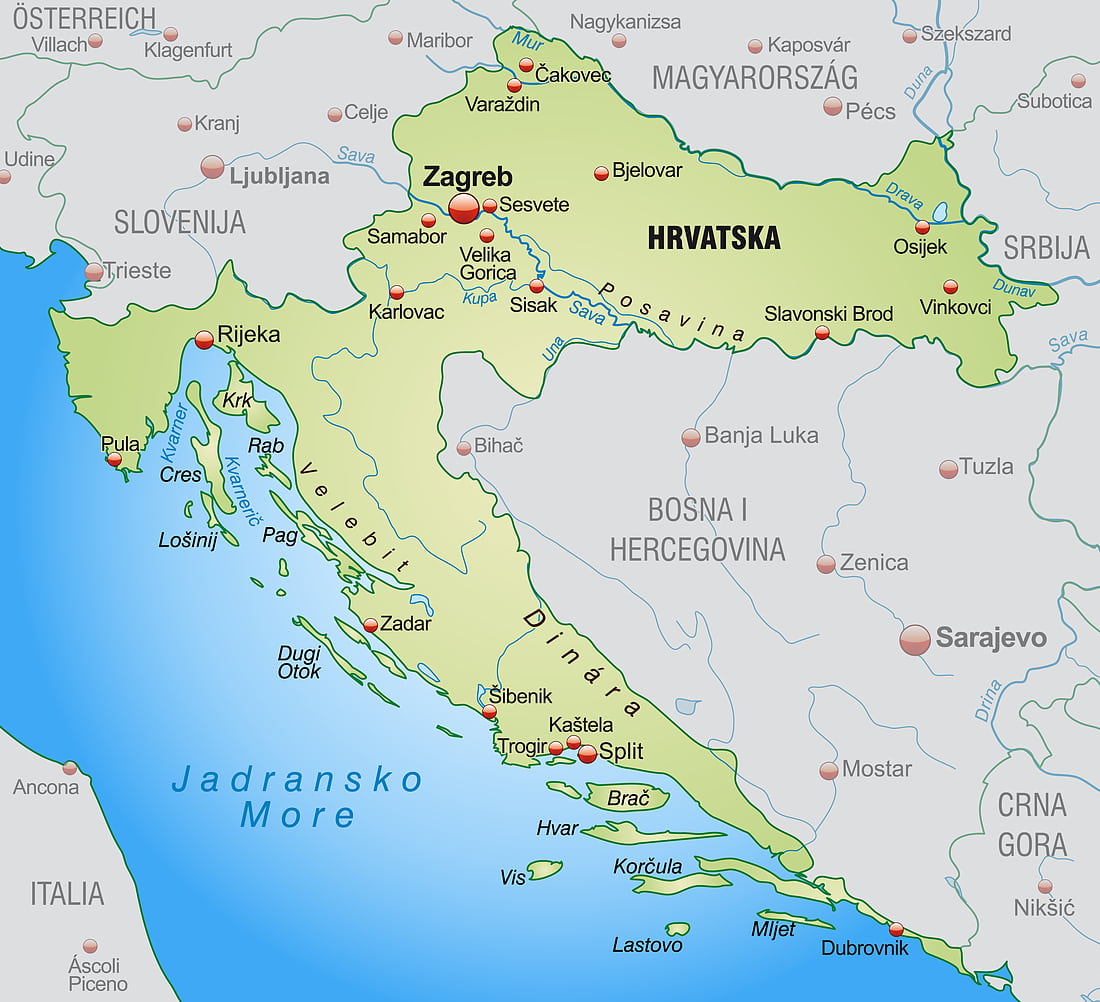
Croatia is a nation in the Balkan Peninsula's northwest corner. It is a tiny crescent-shaped country with a wide range of geographical features.
Zagreb, the country's capital, is located in the north. Slavonia, Istria, and Dalmatia are the three historically Croatian areas that make up the current republic.
Serbia borders the upper arm of the Croatian crescent on the east, while Hungary and Slovenia border it on the north. The crescent's body spans a lengthy coastal strip along the Adriatic Sea, with Montenegro's southern point. Croatia has a long border with Bosnia and Herzegovina within the crescent's depression.
Population
Croatia has a population of 4 million people. Within the republic, several ethnic groups cohabit. Croats make up about 90% of the population, while Serbs are the largest national minority, making up about 4% of the country's population.
Small populations of Bosniaks, Hungarians, Italians, and Slovenes, as well as a few thousand Albanians, Austrians, and others, live alongside Croats.
Croats are mostly Roman Catholic.
Language
Croatian is a South Slavic Indo-European language spoken by Croats. Although Croatian and Serbian are very similar, the political situation after the breakup of Yugoslavia led the two nationalities to strongly emphasize the differences between their languages.
The script distinguishes the Croatian and Serbian versions of what was previously known as the Serbo-Croatian language, with Croatian using the Latin alphabet.
Economy and Currency
Croatia's economy is very receptive to foreign commerce. Nearly two-thirds of Croatia's exchange is with other European Union nations, with considerable trade with Croatia's southeastern European neighbors.
Croatian exports are traded by Italy and Bosnia and Herzegovina, while Croatia buys primarily from Italy and Germany.
Croatian Kuna (HRK) is the country's currency, which has been in use since 1994. The Kuna is divisible into 100 Lipas and is based on a mix of bills and coins. Croatia wants to adopt the Euro as its official currency in January 2023.
Best Time to Visit Croatia
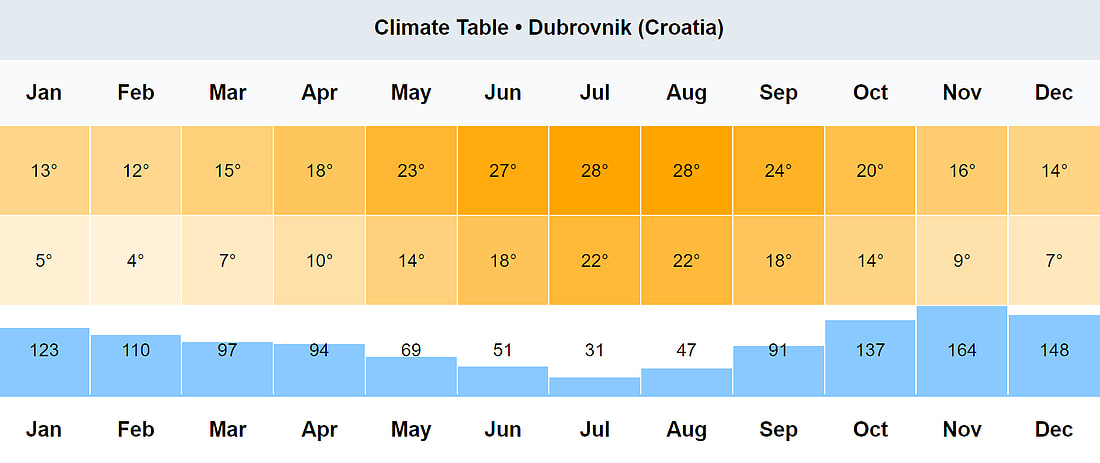
While there is no one optimum time to visit Croatia, specific periods are better than others. Much depends on your trip objectives.
The summer months in Croatia are full of fun and partying, while the shoulder seasons are less expensive and provide a wider range of accommodations and activities. Meanwhile, Croatian winters, although quieter, colder, and wetter, may have their distinct beauty.
Summer (July-August) is without question the busiest season for foreign tourists.
The shoulder seasons (May-June, September-October) include nice weather, fewer crowds, and lower prices for activities and lodging.
*More about tourist season and weather in Croatia you can read at Croatia - Season and Weather
What To See in Croatia
Croatia's main attractions include historic towns and an unspoiled environment. Zagreb, the country's dynamic capital, is home to some museums, galleries, restaurants, and shopping. Along the coast, centuries-old harbor towns are brimming with Venetian-era stone structures, and endless pebble beaches provide activities like scuba diving, water skiing, and windsurfing. Croatia's idyllic islands in the Adriatic are a paradise for yachters and those who look to relax and enjoy the Mediterranean weather.
Discover the 10 must-see destinations in Croatia:
1. Dubrovnik
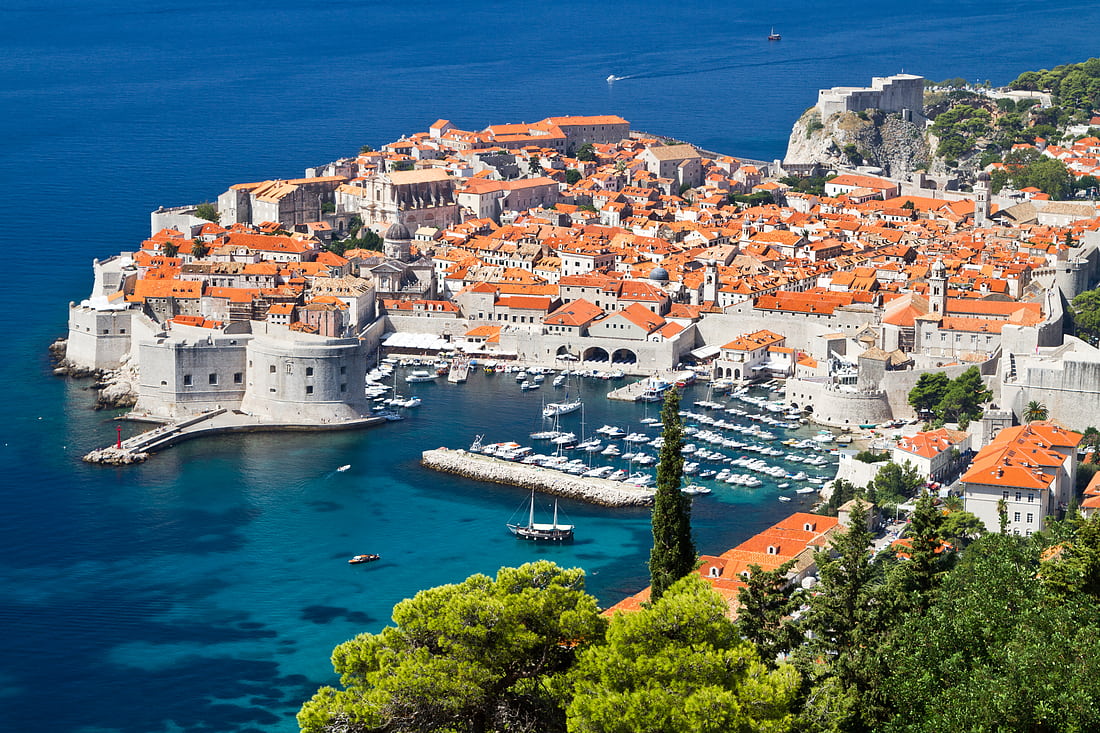
The gorgeous Old Town portion of Dubrovnik, Croatia's most renowned tourist attraction and a UNESCO World Heritage site, is protected inside solid medieval defensive walls.
You'll almost certainly approach the Old Town through the famed Pile Gate, one of the city's most spectacular features, which was completed in 1537.
Exploring the Stradun, a wide 300-meter-long pedestrian boulevard dotted with stores, cafés, and restaurants and noted for its white limestone cobblestones, is another fascinating thing to do in Dubrovnik.
2. Split
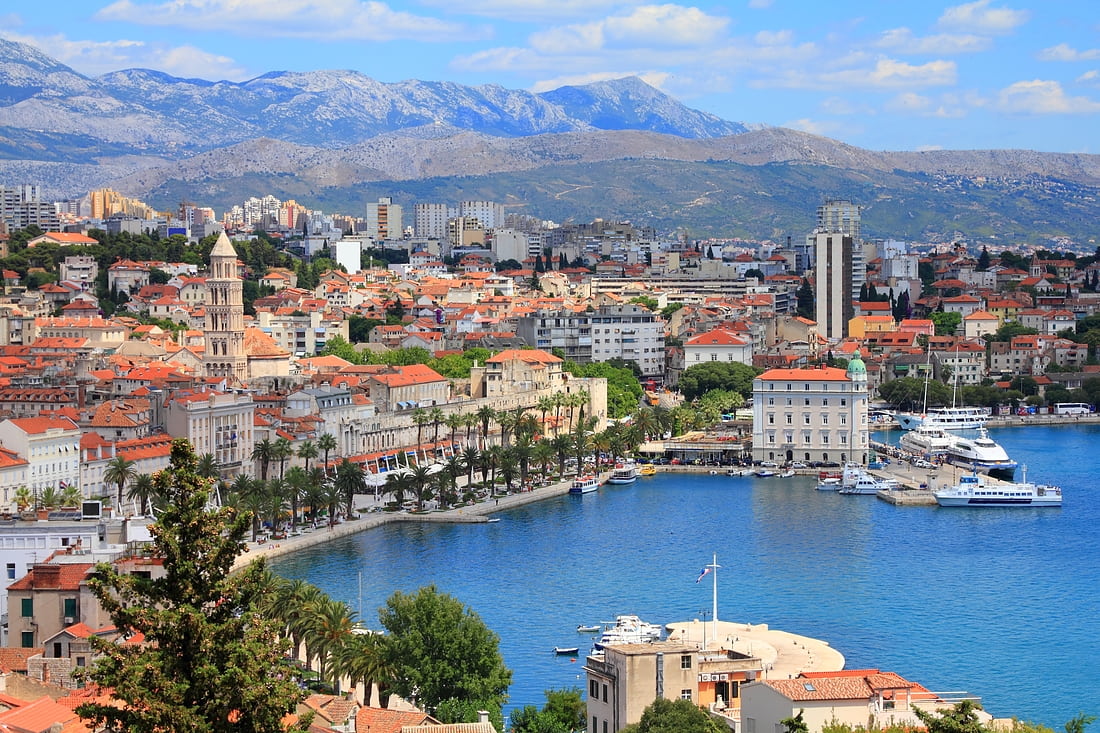
Split, Croatia's second-largest city, was founded within the old Roman walls of the massive Diocletian Palace. It was raised by Roman Emperor Diocletian, who retired here in AD 305.
The lit remains are a great sight to see at night, while music and entertainment are offered often throughout the day. The Old Town is a pedestrian-only zone that has been classified as a UNESCO World Heritage Site.
3. Hvar Town
Many people come to Croatia to see the beautiful Dalmatian islands, the most popular of which is Hvar.
Some of the greatest country hotels and seafood restaurants can be found in the fashionable city of Hvar. Yachters and celebrities, just like tourists who come to enjoy the beaches and water sports, flock to Hvar. It is accessible via boat from Split.
4. Plitvice Lakes National Park
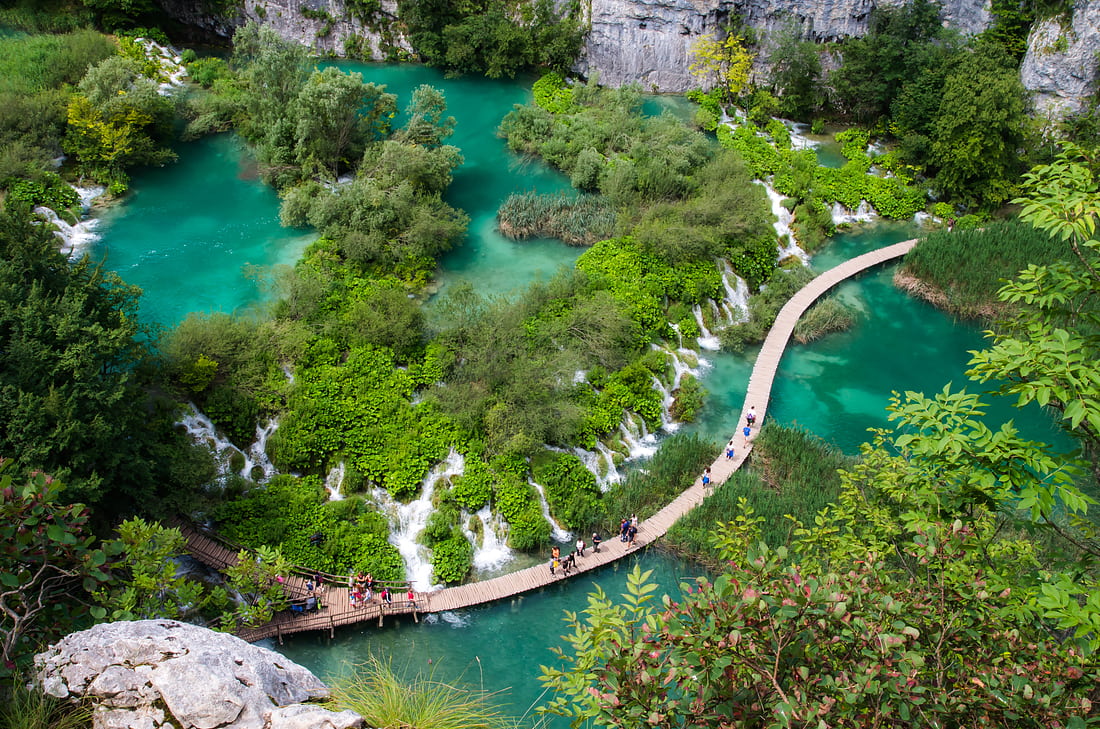
Steep forested slopes surround 16 emerald blue lakes connected by a series of thundering waterfalls, making the park the most visited place in Croatia.
The park is crisscrossed by a network of pathways and wooden bridges, and admission includes boat trips over the lakes.
5. Kornati National Park
The Kornati archipelago, which covers an area of 320 square kilometers and is 35 kilometers long and 13 kilometers broad, is made up of 89 tiny and large islets.
The islets are mostly deserted, rocky and barren with little productive soil, however, there are a few extremely modest stone homes strewn here and there.
6. Pula
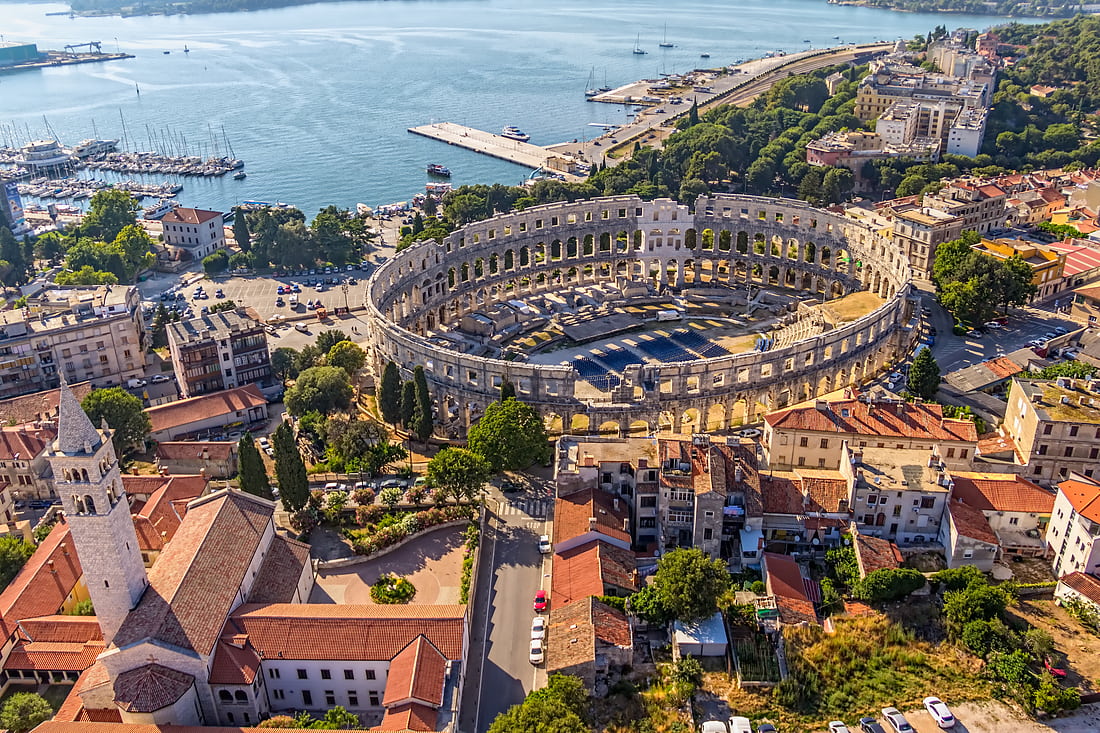
Pula, Croatia's medieval capital, is a must-see on every traveler's bucket list. Pula is recognized for its well-preserved Roman architecture and its gorgeous beachfront environment, making for an ideal day trip for people vacation.
None of the several surviving Roman structures are as spectacular or large as the Pula Arena. Emperor Vespasian ordered its construction in the first century, and it is one of the biggest remaining Roman amphitheaters, second only to its renowned cousin, the Colosseum in Rome.
7. Zlatni Rat Beach
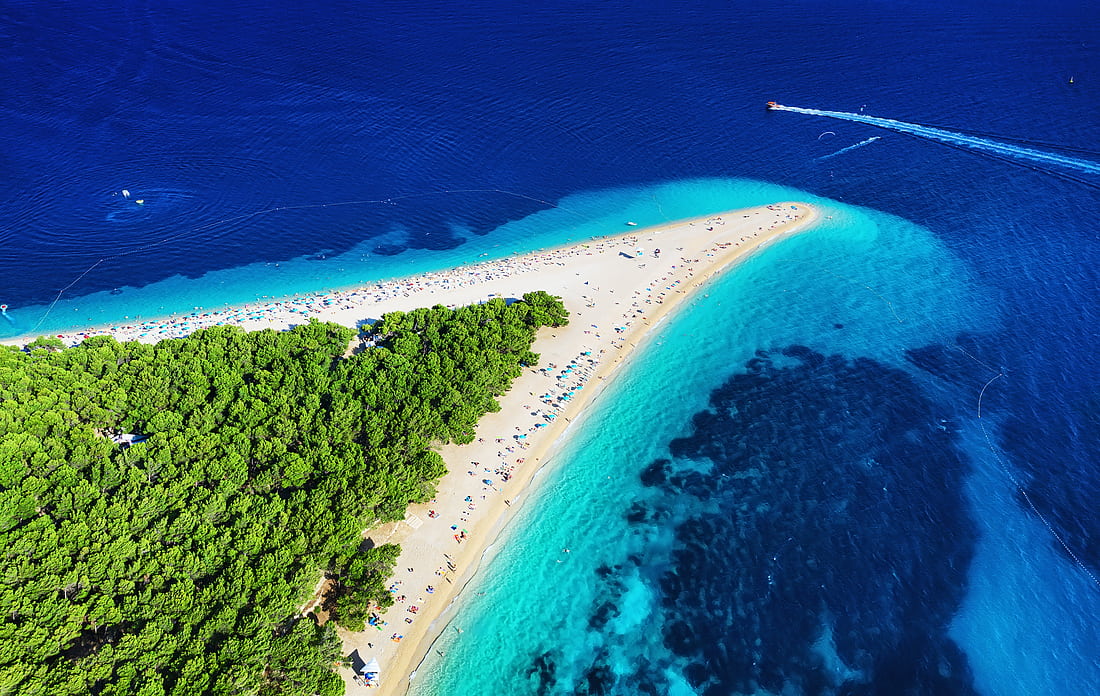
The stunning Zlatni Rat beach has to be Croatia's most photographed beach. Water activities such as paddle boats, sea kayaks, and banana boat rides are among the other beach attractions.
8. Brijuni National Park
Veli Brijun, the largest island, is covered in beautifully planted parks and is available to tourists all year.
Tito, the former President of Yugoslavia, used to entertain visiting foreign officials here. Some of them gave him exotic animals as gifts, which are now on display at the modest safari park: the main attractions are elephants from India, antelopes from Zambia, and the zebras from Guinea.
The island also has a diverse range of vegetation and animals, as well as proof that dinosaurs formerly frequented the area.
9. Zadar
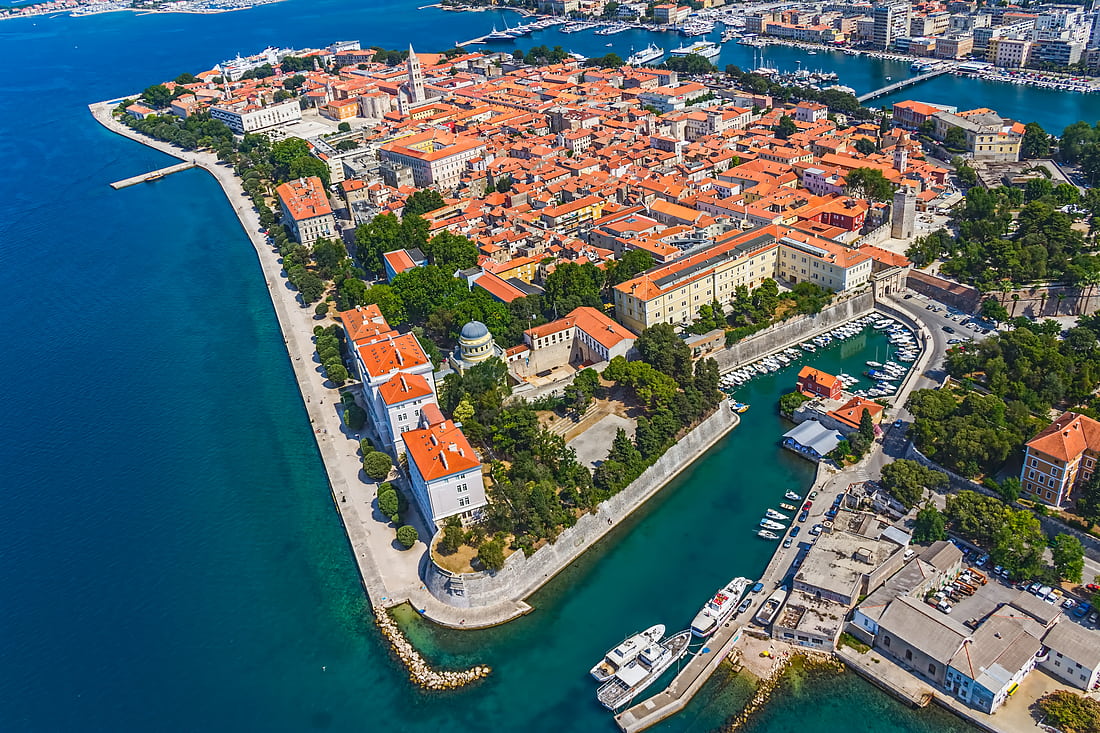
Zadar is a car-free city. Old Town is situated on a narrow peninsula that juts out onto the Dalmatian coast of Croatia. The 9th-century pre-Romanesque church of St. Donatus is a must-see. Other attractions include the Museum of Ancient Glass and two notable contemporary installations, the Sea Organ and the Greeting to the Sun, both of which are located on the beachfront at the peninsula's tip.
10. Rovinj
Rovinj is an archipelago of 20 islands located on the Croatian peninsula of Istria in the Adriatic Sea. Rovinj is also the name of the town, which is considered one of the most beautiful not only in this region but also in the whole country.
Rovinj's various attractions include historic monuments, gorgeous vistas, superb food, and contemporary tourist amenities. Rovinj's beaches are considered to be among the most beautiful in Croatia. The quiet coves provide great swimming and scuba diving possibilities.
*For a list of all the amazing places, as well as a map of the attractions Croatia has to offer, follow this link Most Beautiful Places in Croatia
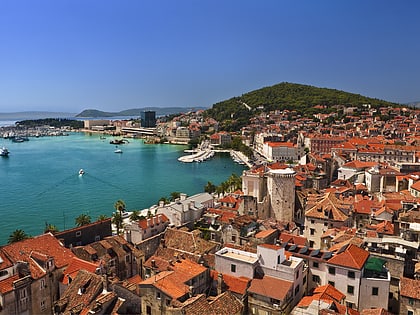
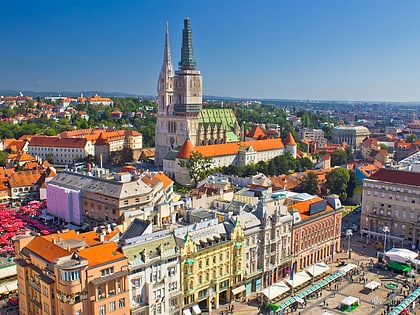
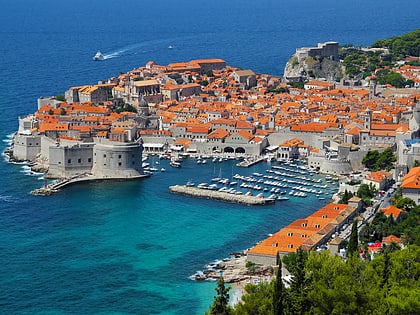
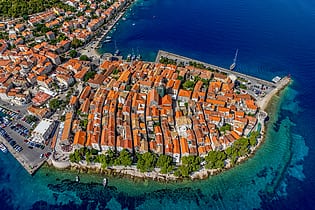



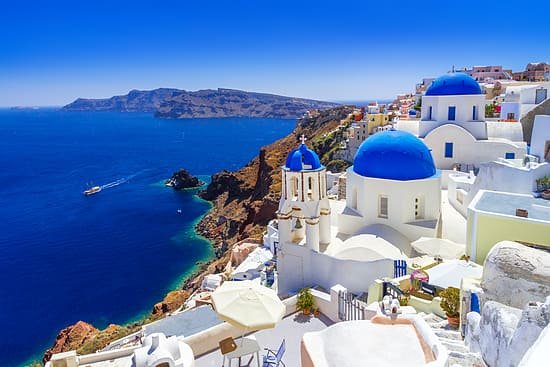
Comments